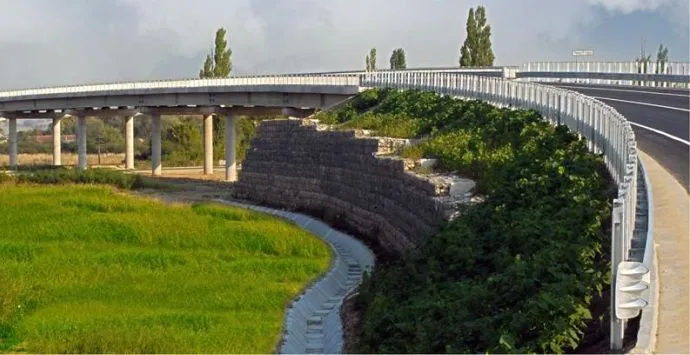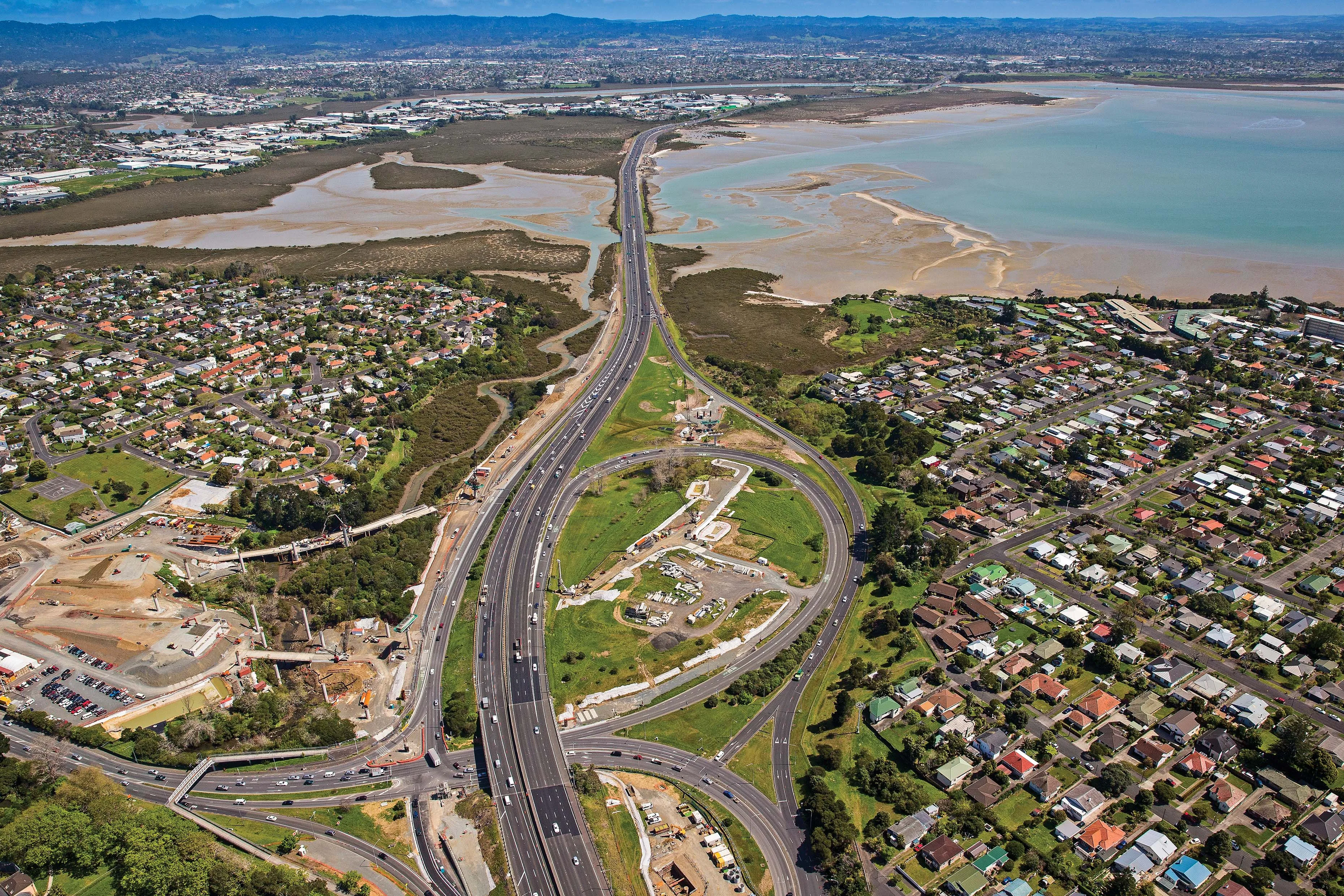
Romania’s transport ministry has cut red tape to speed up 13 road projects this year.
Work was stepped up on around 169km of motorway, including contracts on several projects to complete the A1 motorway. The section between Lugoj and Deva is set for the end of the year.
The A1 motorway when finished, will be around 580km and connect the capital Bucharest with the Banat and Crișana regions in the western part of the country. Cities along the route include Pitești, Sibiu, Deva, Timișoara and Arad before reaching the Hungarian M43 motorway near Nădlac.
The A1 – around 400km are open - is part of the Trans-European Transport Networks Rhine-Danube Corridor and as such, gets 85% of its funding from the European Union.
Companies that have worked on the A1 Include
AECOM provided overall project management covering supervision of the works, including services during the defects notification period, assessment and approval of the materials, equipment and workmanship.








